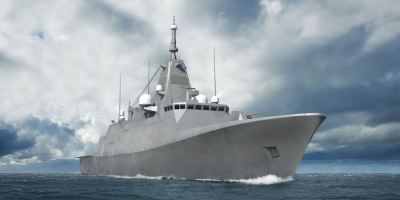
Tag: MTA2020
11 Posts


Squadron 2020 – Made for the Finnish Coastline

MTA 2020 – Bigger Hulls and Added Capabilities

MTA/Laivue 2020 – Who Forgot the Marketing?

MTA 2020 – Propulsion and the state of the Finnish Maritime Industry
MTA 2020 – The Corvette is Taking Shape

